Customers expect immediate access to information about products and services in today’s fast-paced digital world. For businesses, providing customers with easy-to-access documentation that helps them use products and solve problems is crucial to ensuring customer satisfaction. This is where external documentation comes in.
This article will explore the various types of external documentation, their benefits, and the difference between internal and external documentation. We’ll also discuss steps to create effective documentation and offer tips for writing external documentation and examples of companies that excel in providing effective external documentation.
What is External Documentation?
External documentation refers to written, audio, or visual materials that provide information on products or services to customers outside the company. It includes user manuals, installation guides, frequently asked questions (FAQs), and troubleshooting guides. This information aims to provide users with self-help resources that enable them to use the product effectively and troubleshoot common issues without contacting customer support.
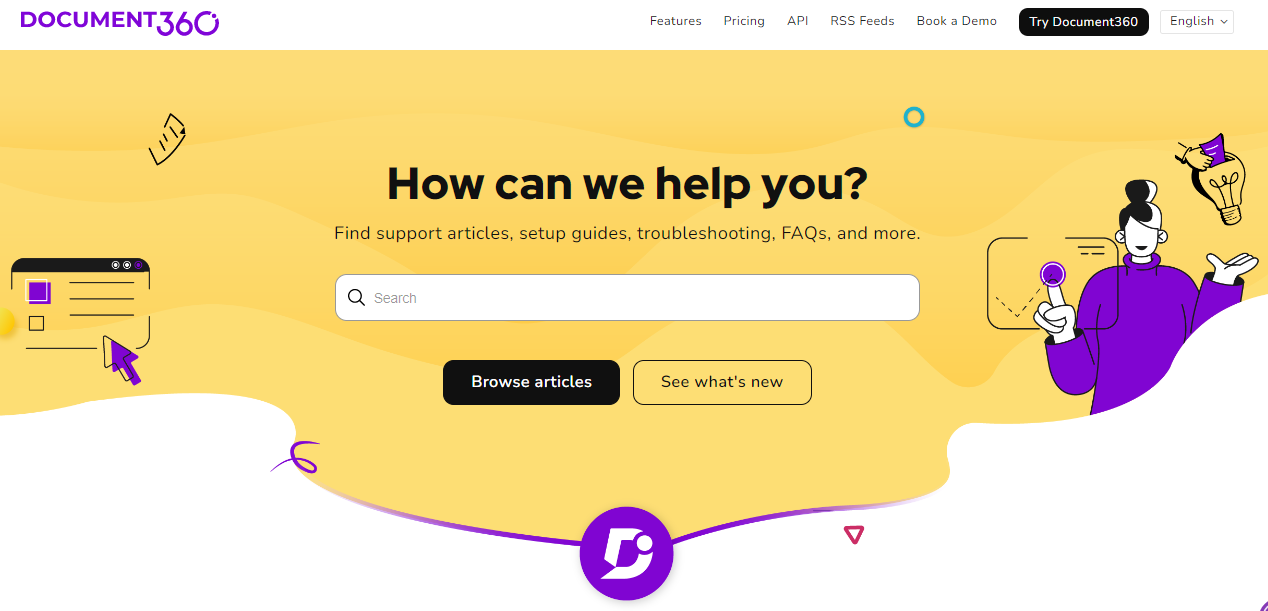
External documentation can also include marketing materials such as product brochures, case studies, and whitepapers. These materials help potential customers understand the product’s features and benefits and why they should choose it over competing products. By providing this information upfront, companies can improve the chances of converting leads into paying customers.
Moreover, external documentation can also be helpful to partners and affiliates who work with the company. For instance, if a company has an API that other developers can integrate with, providing external documentation on how to use the API can help these developers get up to speed quickly and build better integrations.
Similarly, if a company has a reseller program, providing external documentation on how to sell the company’s products can help partners be more effective at selling and promoting the products. In this way, external documentation can help companies build better relationships with their partners and grow their business.
Types of External Documentation
There are different types of external documentation, depending on the purpose of the documentation. Here are some of the most common types:
User documentation:
User documentation is designed to help users understand and use a product effectively. It can take many forms, such as user manuals, quick-start guides, tutorials, and online help. User documentation should be clear, concise, and easy to follow, with step-by-step instructions and screenshots where necessary. Good user documentation can reduce the learning curve for users, increase user satisfaction, and cut down the need for customer support.
Installation guides:
Installation guides are designed to help users install the product or service correctly. They may include step-by-step instructions, system requirements, and troubleshooting tips. Installation guides can be essential for complex software products or services, as an incorrect installation can cause many problems. Good installation guides should be easy to follow and include troubleshooting advice for common issues.
Troubleshooting guides:
Troubleshooting guides help users solve common problems they may encounter when using the product. These may include detailed information on how to diagnose and fix problems. Troubleshooting guides help reduce the need for customer support and can save users time and frustration. Good troubleshooting guides should be comprehensive and easy to follow, with clear instructions and screenshots where necessary.
Frequently Asked Questions (FAQs):
FAQs are a list of questions and answers that address common concerns or issues users may encounter when using the product. FAQs can be handy for products or services with a large user base or complex to use. By providing answers to common questions upfront, companies can reduce the need for customer support and improve user satisfaction. Good FAQs should be comprehensive, easy to navigate, and provide clear and concise answers to common questions.
In summary, different types of external documentation serve various purposes and can help companies better support their users. By providing the clear and comprehensive documentation, companies can reduce the need for customer support, improve user satisfaction, and build a loyal customer base.
Benefits of External Documentation
External documentation provides several benefits to businesses and customers, including:
Enhanced user experience and customer satisfaction:
Clear and concise external documentation helps users understand and use products effectively, troubleshoot common issues, and solve problems without contacting customer support. This leads to a better user experience and customer satisfaction, as users can achieve their goals quickly and easily.
Provide 24/7 Customer Support:
External documentation is available 24/7, allowing customers to access the information they need anytime, reducing wait times for customer support. This leads to a better customer experience and can help companies build customer trust and loyalty.
Improve customer support team efficiency:
When customers can solve their problems using external documentation, customer support teams can focus on more complex issues and provide better service to customers. This improves the customer support teams’ efficiency and helps companies provide better overall support.
Promotes brand advocacy:
Providing comprehensive and easy-to-use external documentation can enhance the overall customer experience, leading to brand advocacy. When customers feel that a company is invested in their success and provides the resources they need to be successful, they are more likely to become loyal customers and recommend the company to others.
Reduces customer support tickets:
By providing customers with self-help resources, external documentation minimizes the number of customer support tickets. This allows customer support teams to focus on complex issues and provide better customer service. It also helps companies to reduce their support costs and improve overall efficiency.
Find out how Document360 can help you to reduce support tickets!
Book A Demo
Internal Documentation Vs. External Documentation
Internal documentation is information created and maintained within a company and used by employees for various purposes, including training, internal communication, and process documentation. In contrast, external documentation is written for external customers, users, or partners. Here’s a head-to-head comparison of internal and external documentation:
Purpose: Internal documentation supports internal processes, while external documentation helps customers and users use the product effectively.
Audience: Internal documentation is designed for employees, while external documentation is created for customers, users, or partners.
Content: Internal documentation focuses on processes, workflows, and internal policies, while external documentation focuses on product features, benefits, and usage.
Language: Internal documentation may use jargon or industry-specific terms, while external documentation must be easy to understand and free of jargon.
Accessibility: Internal documentation may not be accessible to external stakeholders, while external documentation must be accessible to all users, including those unfamiliar with the product or industry.
Format: Internal documentation may need to be more visually appealing or polished, while external documentation must be visually appealing and engaging to users.
Scope: Internal documentation may cover many topics, while external documentation focuses on a specific product or service.
Maintenance: Internal documentation may not require frequent updates, while external documentation needs to be updated regularly to reflect changes in the product or service.
Feedback: Internal documentation may not receive feedback from customers or users, while external documentation should be designed to gather feedback and improve the user experience.
Goals: Internal documentation aims to improve internal processes and operations. Conversely, external documentation seeks to provide users with the information they need to use the product effectively and improve their user experience.
Also read: 7 Best Training Documentation Software
Steps to Create Effective External Documentation
Creating effective external documentation requires careful planning and execution.
Here are the steps to follow:
Determine Your Audience:
You need to know your audience before creating your external documentation. Understanding your target audience’s needs, knowledge level, and pain points will help you create external documentation that is relevant and helpful.
Define the Core Elements:
Once you know your audience, determine the essential elements of your documentation. These may include the product’s features, benefits, and usage instructions.
Prepare the Structure:
Determine the structure of your documentation, such as how you will organize the information, the length of each section, and the visual elements you will use.
Write the Content:
Use clear and concise language that is easy to understand, avoiding jargon or technical terms. Provide step-by-step instructions and include visual aids, such as images and videos, where appropriate.
Select a Publishing Tool:
Choose a publishing tool that best suits your needs. Document360 is a popular documentation tool for creating and publishing user guides, FAQs, and product documentation.
Optimize the Content for SEO:
Use keywords and metadata to optimize your documentation for search engines. This will make it easier for customers to find the information they need.
Make it Accessible:
Publish your documentation in a public self-service knowledge base platform that is easily accessible to users. Customize the platform to match your brand and make it easy for users to navigate. This can include creating a table of contents or an FAQ section.
Keep it up-to-date:
Regularly update your external customer documentation for it to remain relevant and accurate. This is especially important if you make changes to your product or service.
In case you’re looking for external documentation examples. Check out companies like Salesforce, Slack, and Dropbox, which all provide comprehensive and user-friendly external customer documentation for any industry type.
Also Check, 3 Best Product Documentation Tools in 2023:
Tips for Effective External Documentation
External documentation is an essential part of any product or service, providing users with the information they need to get the most out of what you offer. However, creating effective documentation can be a challenging task, particularly if you’re not a professional writer or if you’re not sure what your users need. Here are some tips for creating external documentation that is clear, concise, and effective:
- Identify customer pain points: Identify the problems that your customers are facing and address them in your documentation.
- Don’t make assumptions: Avoid making assumptions about what your customers know or what they need help with, and instead provide clear explanations and instructions.
- Ensure accessible and standardized format: Use a format that is easy to read and navigate, and follow established standards to make your documentation accessible to everyone.
- Create catchy headings: Use headings that are clear, concise, and attention-grabbing to help users find what they need quickly.
- Include images and videos: Use visuals to enhance your documentation and make it more engaging and easier to understand.
- Avoid buzzwords and acronyms: Use plain language that everyone can understand, and avoid jargon, buzzwords, and acronyms that may be confusing.
- Invest in a tech writer: Consider hiring a professional writer who specializes in technical writing to ensure that your documentation is clear, concise, and effective.
- Gather feedback and act on it: Solicit feedback from your users and use it to improve your documentation over time.
- Utilization of cross-links: Link to related content within your documentation to help users find additional information and navigate your documentation more easily.
By following these tips for effective external documentation, you can create a user-friendly experience that enhances your product or service, improves customer satisfaction, and ultimately drives business success. Remember to always put yourself in your users’ shoes, provide clear and concise explanations, and continuously solicit feedback to ensure that your documentation stays relevant and useful over time.
External Documentation Examples
Many companies excel in providing effective external documentation. Here are a few examples:
Document360:
Document360 provides a knowledge base platform that enables businesses to create and publish external documentation easily. It includes customizable templates, version control, and analytics to help companies to develop and maintain effective documentation. The platform also provides integrations with popular tools such as Slack and Salesforce, making managing and distributing documentation across multiple channels easy.
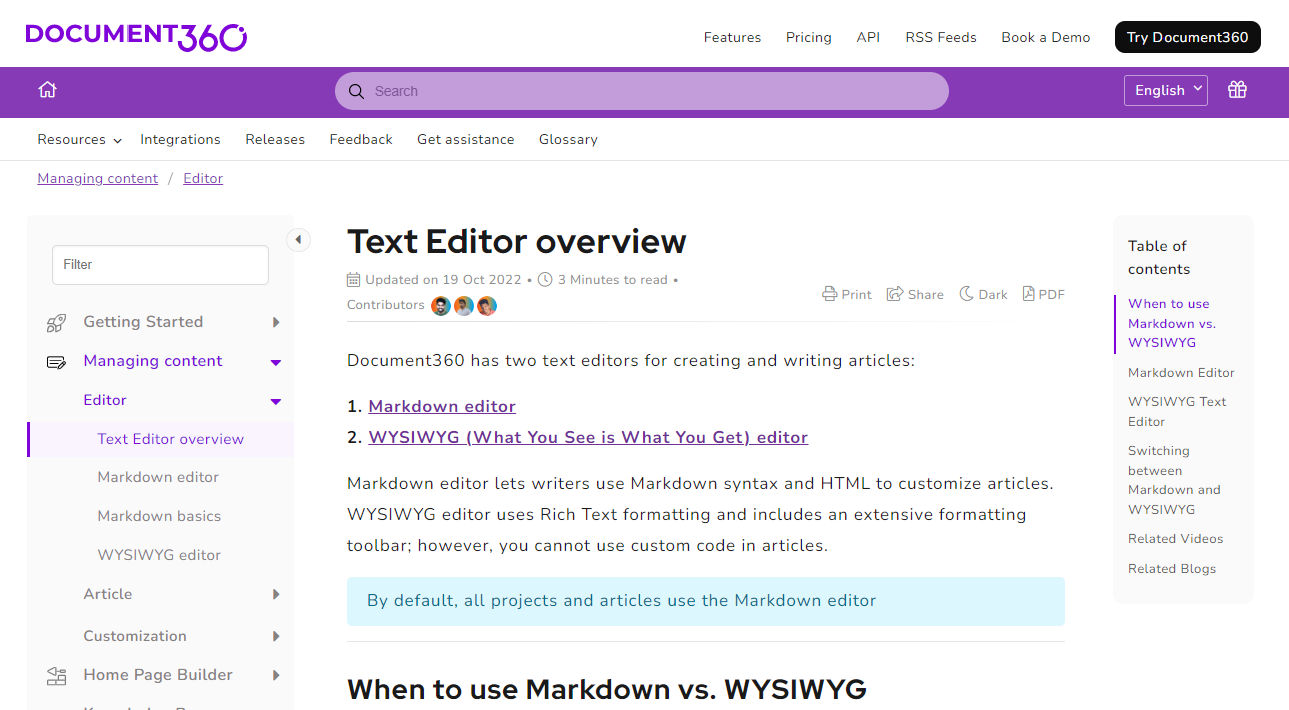
Image source: Document360
An intuitive knowledge base software to easily add your content and integrate it with any application. Give Document360 a try!
GET STARTED
Microsoft:
Microsoft is known for providing comprehensive external documentation for its products and services. Its documentation includes user guides, troubleshooting guides, and APIs. The documentation is easy to navigate and is written in clear and concise language. The content is updated regularly to ensure that it is relevant and accurate.

Image source: Microsoft 365
Salesforce:
Salesforce is a customer relationship management platform that provides a range of services, including sales automation, marketing automation, customer service, and analytics. This CRM software also provides comprehensive external documentation for its products and services. The documentation includes user guides, developer guides, release notes, and API documentation. Additionally, Salesforce offers a community forum where users can ask and answer questions, share best practices, and collaborate with other users.
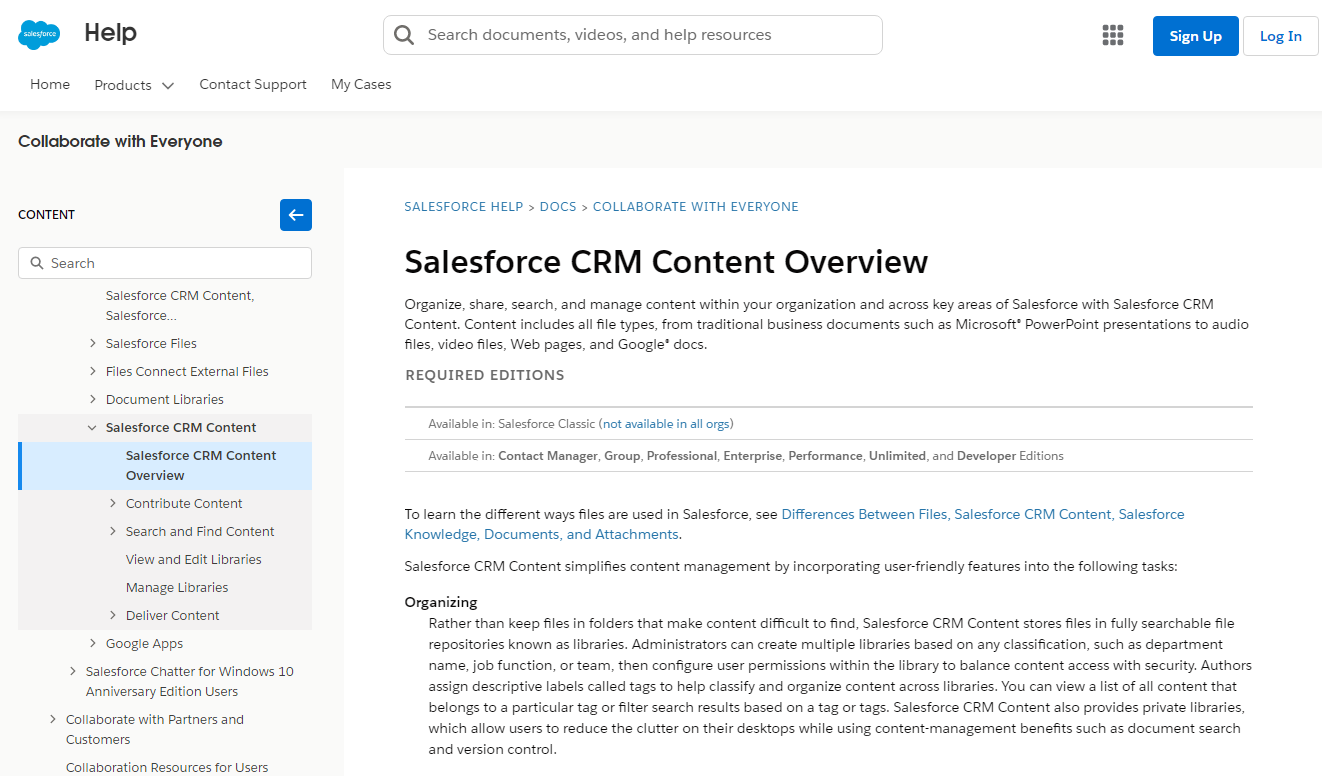
Image source: Salesforce
Dropbox:
Dropbox provides detailed documentation on its APIs and developer tools. The documentation includes code samples, tutorials, and best practices. The documentation is written in a way that is easy for developers to understand and is frequently updated to reflect changes in the platform.
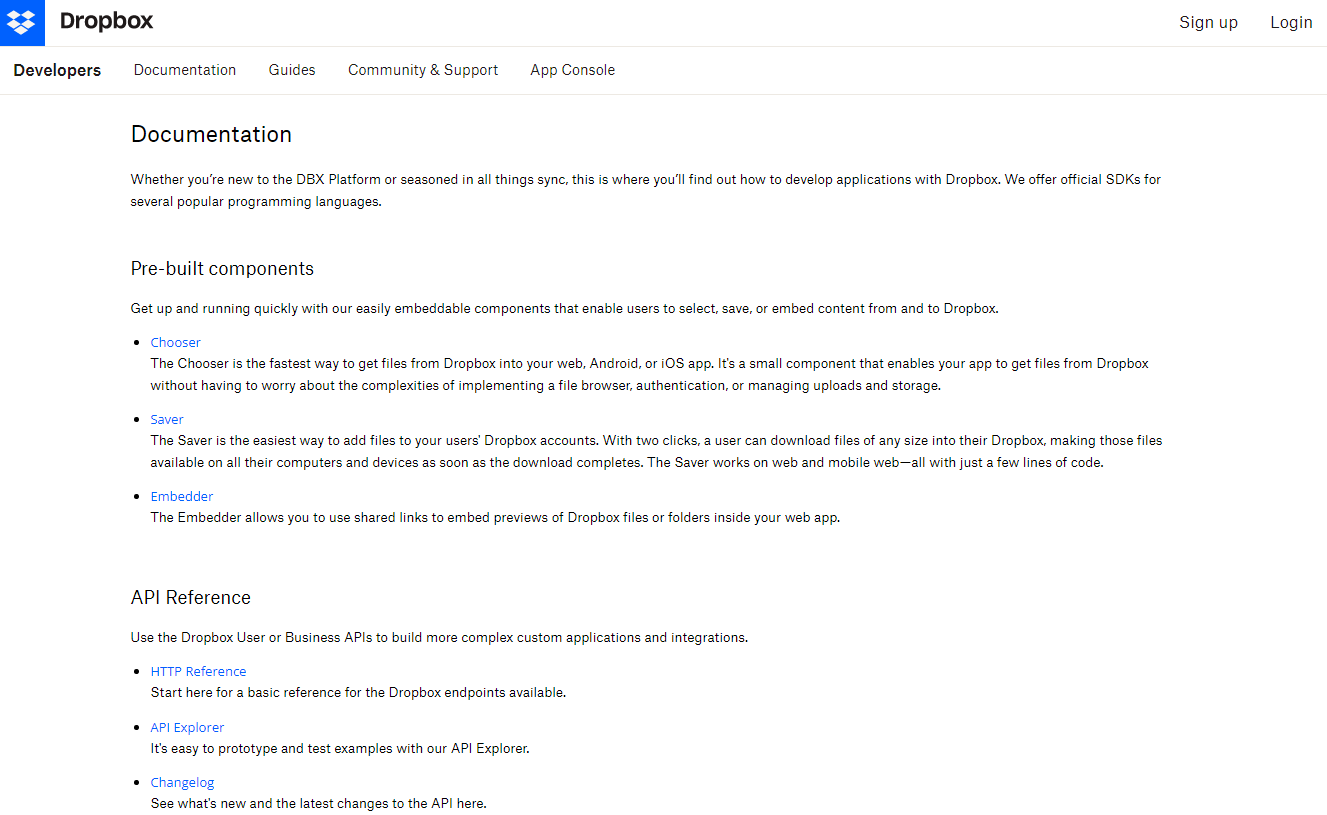
Image source: Dropbox
Wistia:
Wistia provides detailed documentation on its video hosting platform. The documentation includes tutorials, best practices, and troubleshooting tips. This knowledge base also contains resources for marketers and video creators, making it a comprehensive resource for users.
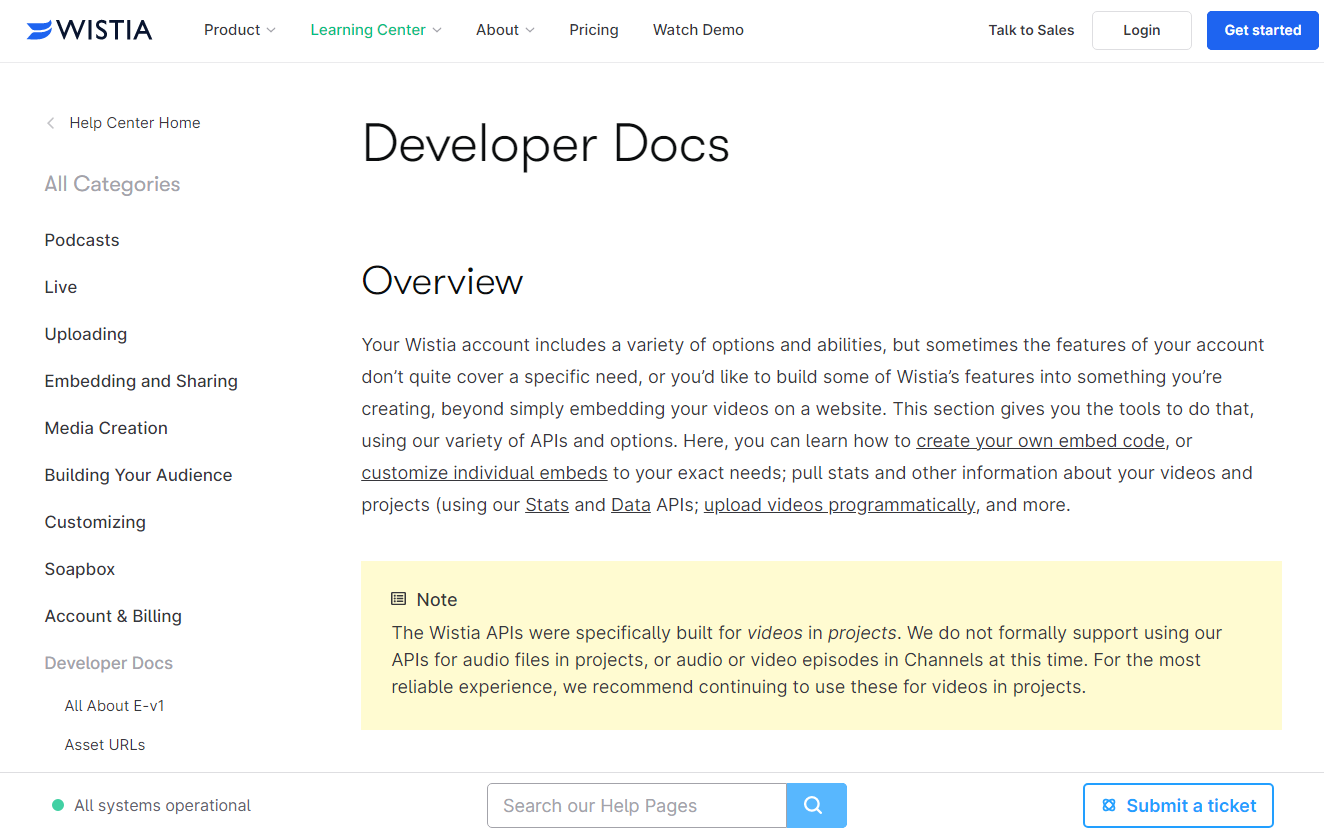
Image source: Wistia
Wrapping Up
Effective external documentation is crucial to businesses that provide products or services. Creating clear, concise, accessible documentation can improve the user experience, reduce customer support tickets, and increase brand advocacy. Following the steps and tips provided can help businesses create documentation that meets the needs of their target audience.
Regularly updating external documentation based on user feedback and changes to the product or service is vital. A knowledge base platform such as Document360 can provide a user-friendly and customizable platform for businesses to create, organize, and publish their external documentation, and offer advanced features like analytics and SEO optimization.
In summary, creating adequate external documentation is critical to the success of any business. Companies should prioritize understanding their audience, defining core elements, preparing the structure, writing straightforward content, choosing the right publishing tool, optimizing for SEO, making it accessible, and continuously updating and refining documentation.




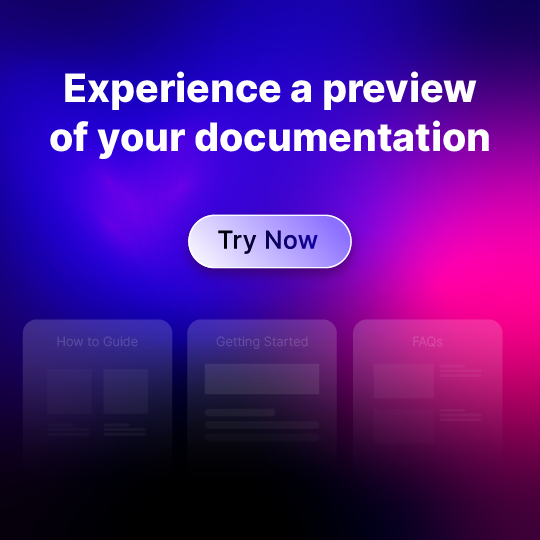
 –
– 

